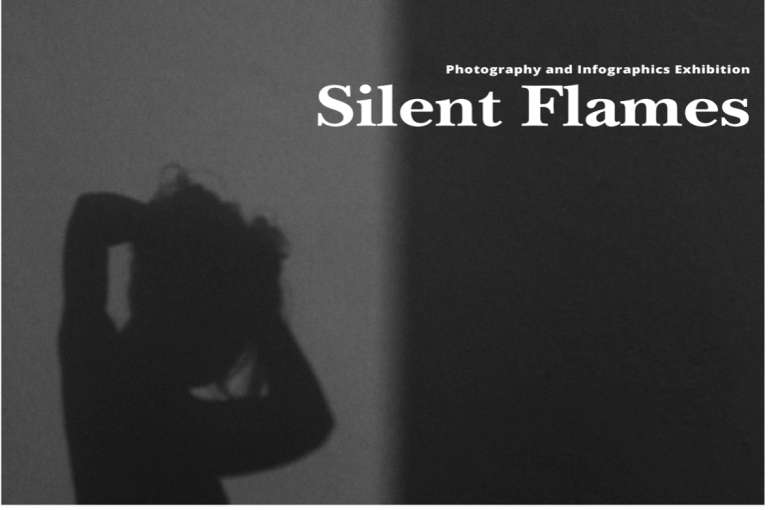
Voice. It has two faces. On one side, it brings enlightenment. On the other, it adds to the noise. The euphoria surrounding the internet and social media was once hailed as a “technology of liberation,” capable of empowering the marginalized. But now, that public space is also filled with buzzers and others who contribute no real value. A noisy, directionless arena.
Yet, a voice should carry value. Humanity, equality, and justice are substantial values that ought to guide us when we speak out. This is where the difference lies: between a voice that enlightens and one that merely makes noise. In this sense, I consider voice and value as inseparable.

However, many dismiss the voices of Gen Z as immature noise. This generation’s voices are often seen as mere complaints or whining—shouts that miss the mark. The phrase “Gen Z’s Voice” itself is treated as an oxymoron: a contradiction like bittersweet, life-death, hot-cold. A rhetorical device with no real substance. In short, Gen Z’s voice is often seen as loud, but meaningless.
Such assumptions likely come from those unwilling to listen. Yet the Media and Cultural Studies Program (KBM) at Universitas Gadjah Mada pays attention. Through a photography and infographic exhibition, this generation—raised in the digital age—has spoken out against discrimination and gender-based violence. The Silent Flames visual exhibition showcases not just wounds, but strong messages. And in the way they talk about their work, Gen Z’s voice is full of value—a call to conscience. Their voice is no oxymoron. It enlightens, not excludes. It’s a cry of resistance, not mere chatter.

The Baton of Resistance
The voice of resistance has long been associated with youth culture—from the May 1968 protests in France, the anti–Vietnam War demonstrations and Civil Rights Movement in the U.S., to Occupy Wall Street, the Arab Spring, and Black Lives Matter. Even in Indonesia, youth have played vital roles in revolutionary trajectories—from colonial times to the 1998 Reform era. The voice of young people is deeply intertwined with social transformation. To reduce them to mere generational jargon is to strip away their militant power—their ties to social contexts, cultural conditions, and imbalanced power relations.
Recently, many names stand out. Greta Thunberg, for instance, who at 15 started the School Strike for Climate in 2018. Or Emma Watson, who at 25 championed the HeForShe campaign—a global solidarity movement for gender equality. And so on.
But these issues haven’t disappeared. Their voices echo today because of a deep awareness of ongoing social problems. Social relations remain flawed—even in the digital spaces Gen Z calls home. On the one hand, technology has amplified their demands louder than ever. On the other, discrimination and gender-based violence have intensified—creating a crisis of values and morality.
Amid this noisy, acute crisis, the works displayed in Silent Flames become a baton of resistance against the normalization of these issues. Saying no to discrimination and gender-based violence has become a generational banner for a more civilized social life. Silent Flames—a fire that burns silently but sparks all the same. And that spark is passed from one torch to the next. Such is the voice of resistance: a generational resolve—then, now, and in the future.

Contributor: Zainul Arifin
SDG 5 (Gender equality), SDG 10 (Reduce inequality)
